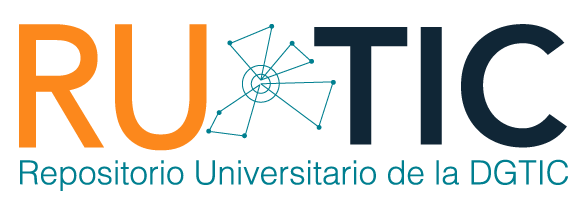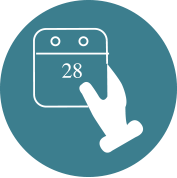| dc.contributor.editor | LIZBETH LUNA GONZÁLEZ | |
| dc.coverage.spatial | MX | |
| dc.date.accessioned | 2018-06-28T05:03:52Z | |
| dc.date.available | 2018-06-28T05:03:52Z | |
| dc.date.issued | 2013-04-01 | |
| dc.identifier.uri | https://ru.tic.unam.mx/handle/123456789/2125 | |
| dc.description | Tema del mes | |
| dc.description.abstract | Las redes sociales forman parte de lo que se conoce como tecnologías web 2.0, y es por ello que tienen un gran potencial en la educación, ya que impulsan estudiantes activos e involucrados en su aprendizaje. En las estadísticas actuales, tanto a nivel mundial, como en nuestro país, es notorio que está creciendo de manera importante el uso de las mismas, por lo cual, es conveniente considerarlas como espacios factibles para hacer llegar información educativa a los estudiantes que, una vez conectados, pueden aprovechar su tiempo para consultar contenidos educativos e interactuar con profesores y otros alumnos. En este sentido, hoy en día ya se encuentran disponibles diversos sitios y servicios web que facilitan la generación de redes sociales privadas y públicas con fines específicos, las cuales pueden provecharse por los docentes interesados. Por otro lado, si el docente no tiene conocimientos técnicos o no está interesado en generar una red social propia, es posible emplear las redes existentes restringiéndolas a sus fines académicos, cuidando siempre la seguridad en la identidad, tanto de los usuarios, como de la información que se publica. | es_MX |
| dc.description.abstract | Social networks are part of what is known as web 2.0 technologies, and that is why they have great potential in education, because they encourage active and involved students in their own learning. In the current statistics, both, global and local, it is clear that their use is growing significantly, therefore, is to regard them as feasible spaces to deliver educational information to students, whom once connected, can use their time to consult academic content and interact with teachers and other students. In this sense, nowadays there are many web sites and services already available, which facilitate the generation of public and private social networks for specific purposes, and can be exploited by interested teachers. On the other hand, if the teacher does not have expertise or he is not interested in creating his own social network, it is possible to use existing networks restricting them to his academic purpose, always ensuring security in the identity of both, the user and the information that is published. | en |
| dc.format | html | |
| dc.format | application/pdf | |
| dc.format.extent | 1.1 MB | |
| dc.format.extent | 957 KB | |
| dc.language | spa | |
| dc.publisher | Universidad Nacional Autónoma de México. Dirección General de Cómputo y de Tecnologías de Información y Comunicación. Revista Digital Universitaria | |
| dc.relation.isformatof | http://www.revista.unam.mx/vol.14/num4/art36/art36.pdf | |
| dc.relation.ispartof | http://www.revista.unam.mx/index_abr13.html | |
| dc.rights | openAccess | |
| dc.source | Revista Digital Universitaria (1607 - 6079). Vol. 14, No. 4 (2013) | |
| dc.subject | Tecnología educativa | |
| dc.title | Las redes sociales y su aplicación en la educación | es_MX |
| dc.title.alternative | Social networks and their application in education | en |
| dc.type | article | en |
| dc.contributor.director | JULIA TAGUEÑA PARGA | |
| dc.subject.keywords | Redes sociales , Educación , Web 2.0, Educación, Social network, Web 2.0, Education | |
| dc.identifier.url | http://www.revista.unam.mx/vol.14/num4/art36/ | |
| dc.creator | Rebeca Valenzuela Argüelles | |
| dc.rights.url | http://creativecommons.org/licenses/by-nc-sa/4.0 |
Files in this item
This item appears in the following Collection(s)
COMPARTE
BÚSQUEDA
Escriba el texto a buscar en DSpace
CONTACTO
El Repositorio Universitario de la DGTIC se edita en la Dirección General de Cómputo y
de Tecnologías de Información y Comunicación (DGTIC), de la Universidad Nacional Autónoma de México (UNAM)
Circuito Exterior s/n, Ciudad Universitaria, Coyoacán, C.P. 04510, México, D.F
Tel: +(52) (55) 56228166 Email: rutic@unam.mx









 ¿Qué es un repositorio...?
¿Qué es un repositorio...? ¿Qué beneficios obtengo...?
¿Qué beneficios obtengo...? ¿Qué tipo de recursos...?
¿Qué tipo de recursos...? Preguntas frecuentes
Preguntas frecuentes